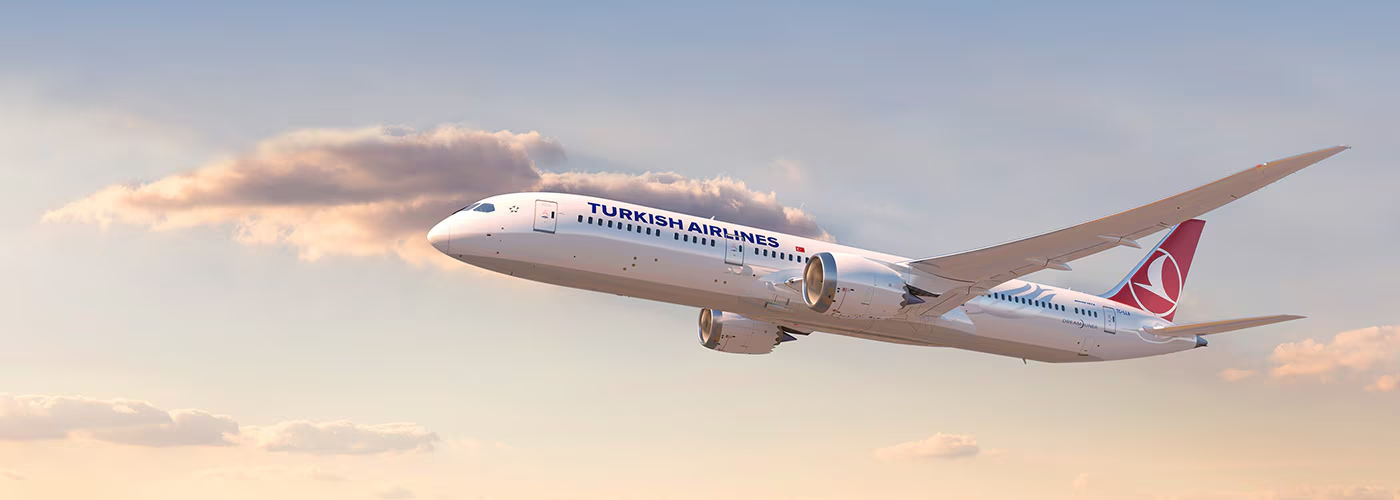The Process of Attaching Aircraft Engines
The seemingly simple placement of engines in modern aircraft belies the complex engineering and meticulous design that goes into securing these powerful components. While large commercial aircraft commonly have engines mounted in pods beneath the wings, the attachment process is a finely-tuned balance of safety, functionality, and performance. In this article, we delve deeper into the intricacies of aircraft engines attachment, from the benefits of the current configuration to the critical role pylons play in supporting the engines and ensuring passenger safety.
Advantages of Engines in Pods

Mounting engines in pods under the wings provides several benefits. Firstly, it aids in wing-bending relief, where the wing’s weight, including the fuel and engines, helps counteract lift-induced wingtip bending. Additionally, this positioning allows for easier access and maintenance, although it also exposes engines to a higher risk of foreign object damage. Engines are typically mounted slightly forward of the wing to prevent wing flutter and enable a lighter overall wing structure.
On smaller aircraft like the Embraer ERJ family and the COMAC ARJ21 regional jet, engines can be found on the fuselage tail.
The Role of Pylons in Engine Attachment

Engine pods are not directly attached to the wing but are secured to a pylon, which is, in turn, fixed to the wing structure. Pylons create a crucial distance between the engine and the wing, protecting the wing and its stored fuel from potential engine fires until the flames are extinguished.
Securing the Engine Pod to the Pylon

The engine pods are connected to pylons using bolts at just two points – the top of the fan frame and the top of the turbine frame. These connections withstand both the engine’s forward thrust and its downward weight. The design aims to safely support maximum forces while preventing excessive force absorption.
Engine pylon bolts, made from superalloy materials like nickel alloy 718, are strong but carefully calculated. While they can support forces well beyond the maximum expected, such as during hard landings or extreme turbulence, they are designed to shear under extreme forces. In situations where engines contact the ground upon landing, the bolts will break, allowing the engines to separate from the pylons, reducing the risk of fire or wing damage.
Why Aren’t Aircraft Engines Incorporated into Wings?

Early aircraft, such as the de Havilland Comet, had engines incorporated into the wing structure. While it may seem like a more streamlined and stronger design, this approach has been abandoned in commercial jets due to safety concerns. An engine fire within the wing could have catastrophic consequences, whereas a podded engine fire can be extinguished with minimal wing damage. Furthermore, engines integrated into the wing would consume space needed for fuel storage. With advancements in turbofan engines and their increasing size, incorporating engines into the wing structure is now impractical.
Crashes Resulting from Engine Pylon Failures
On May 25th, 1979, American Airlines flight 191 crashed after one of its engines detached, resulting in 271 fatalities. The National Transportation Safety Board found that improper maintenance, which damaged the engine’s pylon assembly, was the cause of the accident.

Considering the complexities of attaching engines to aircraft and their importance in ensuring safe flights, how does this newfound knowledge impact your perspective on air travel? Let us know in the comments section below!
READ ALSO: The Marvelous Complexity of Jet Engines: How Many Parts Do They Consist Of?
Youssef Yahya is the CEO and Founder of Aviation for Aviators, a platform dedicated to the aviation industry. With over 3 years of experience as an aviation writer, Youssef is passionate about sharing his insights on aviation, entrepreneurship, and the broader business landscape. As a Teaching Assistant in Entrepreneurship at Nile University, he also nurtures the next generation of entrepreneurs. When he’s not exploring the skies or business ventures, you can find him saying, ‘Drag your coffee, and let’s talk aviation, entrepreneurship, and football.’
You might also like:
- Saudia Airlines’ Branding Revolution
- What is the humanitarian delivery flight program developed by BOEING ?
- The anniversary of the dream of world flight
- V bombers
- The Fastest Airplane in the World
Discover more from Aviation for Aviators
Subscribe to get the latest posts sent to your email.














Post Comment